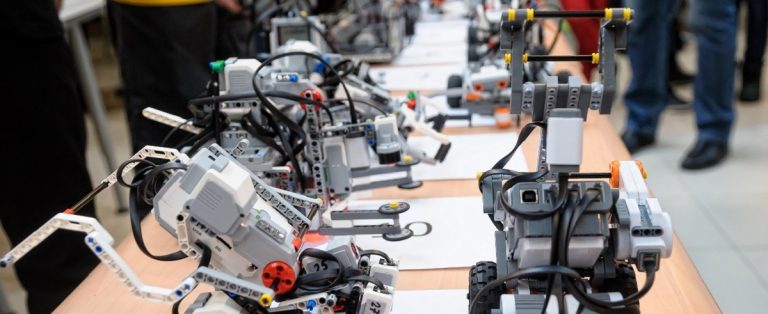
Students of Ryerson University in Ontario had a dynamite final examination yesterday afternoon as they set off to disarm fake bombs with their self-designed robots.
According to The Star, four groups of Ryerson computer science students navigated their robots through a simulated crime scene, which the university said was to test their coding ability, design and improvisation skills.
While manning their robots in bomb suits, they were also tasked with disabling mock improvised explosives, drawing maps and describing the area.
Each student only had 15 minutes to move an explosive disposal robot, which was carrying another smaller robot, upstairs or into an elevator.
They then had another 15 minutes to guide the smaller robot through an obstacle course to locate a container and neutralise smaller bombs.
Ryerson’s bomb-disarming test is not the first of its kind. Across the border, the American Military University even has an undergraduate certificate for Explosive Ordnance Disposal, which teaches students the history and types of explosives, as well as disposal techniques and incident assessments.
Student Hackers to Tackle NSA Codebreaker Challenge https://t.co/oiyJOnGGW1 pic.twitter.com/5KLseBTf9f
— Gregory D. Evans (@GregoryDEvans) September 21, 2016
Last September, the US National Security Agency’s (NSA) annual Codebreaker Challenge was also explosive-related, making college undergraduates and graduate students find, reverse engineer and disarm an improvised explosive device (IED).
Georgia Institute of Technology sent the highest number of students among the 481 educational institutions that participated, while Robert Xiao, a PhD student from Carnegie Mellon University‘s Human-Computer Interaction Institute won first place by taking the shortest time to complete all six tasks in the challenge (17 hrs, 51 mins, 27 secs).
Liked this? Then you’ll love these…
Delhi Technological University student receives job offer from tech giant Uber
South Korean teens top in maths and science, but lack interest – report







